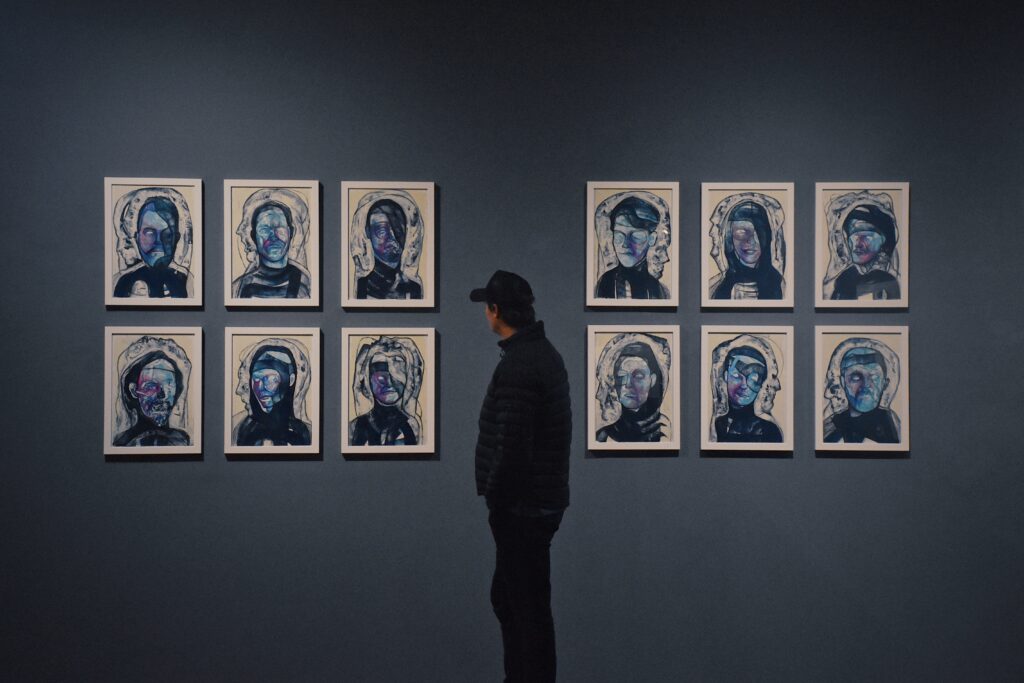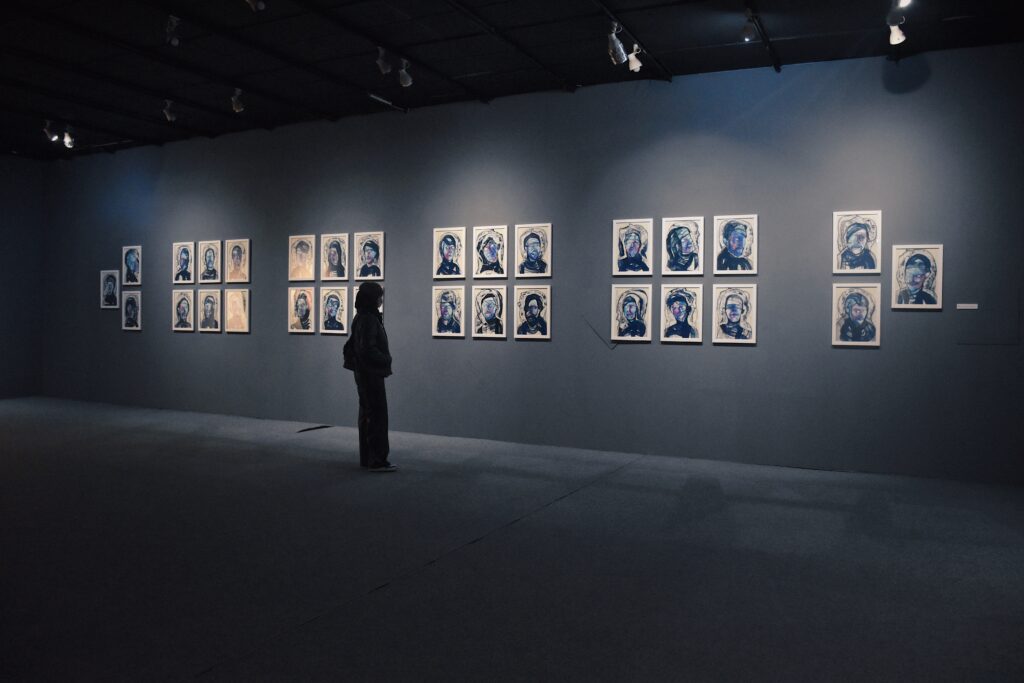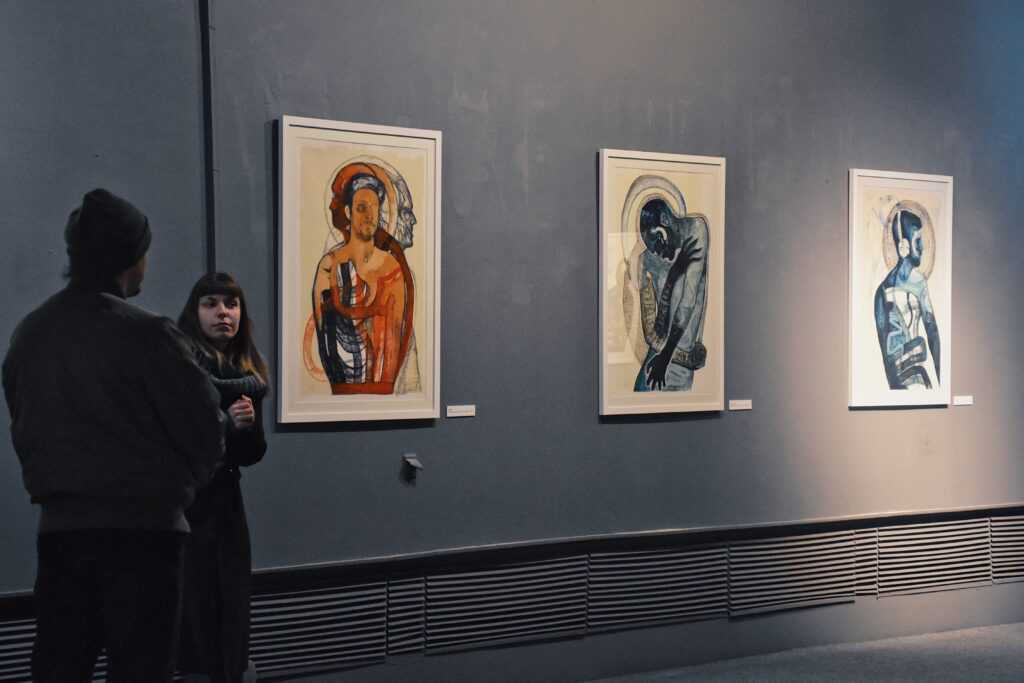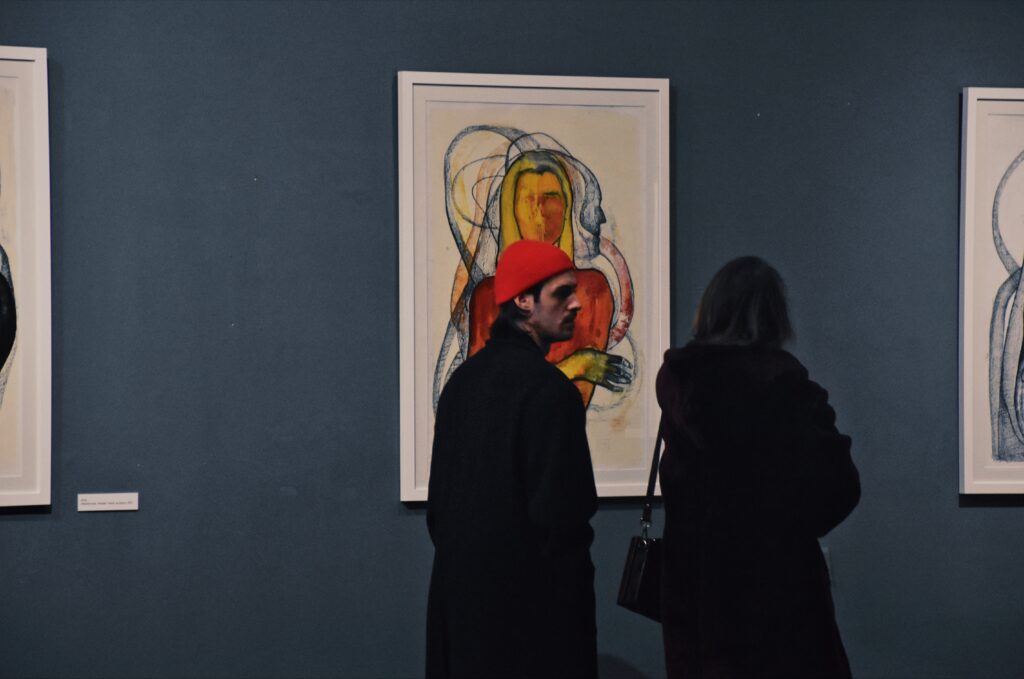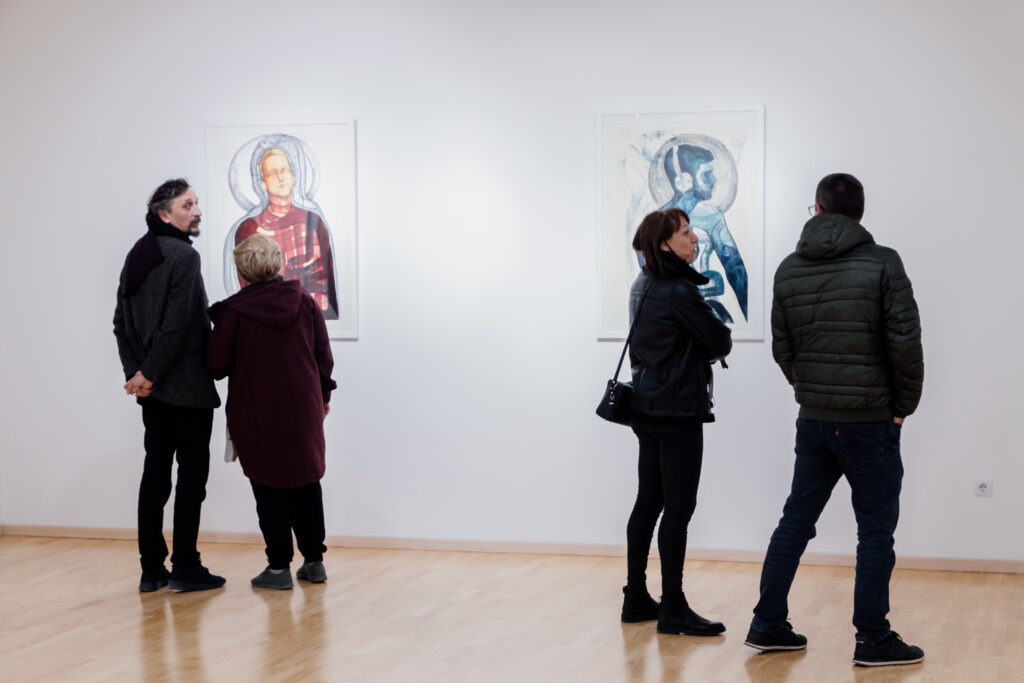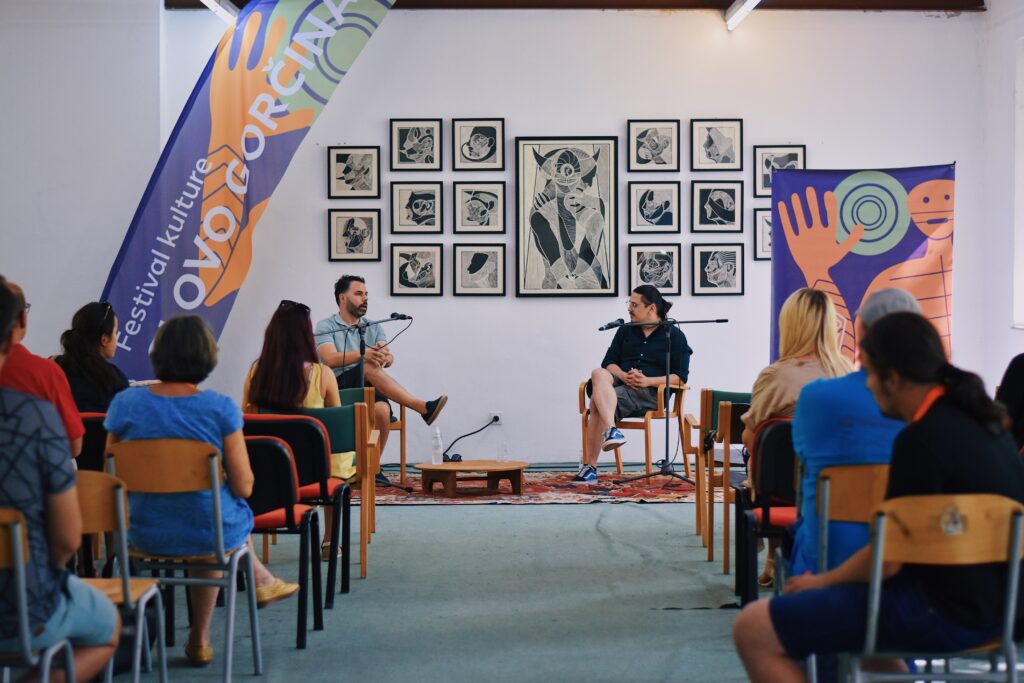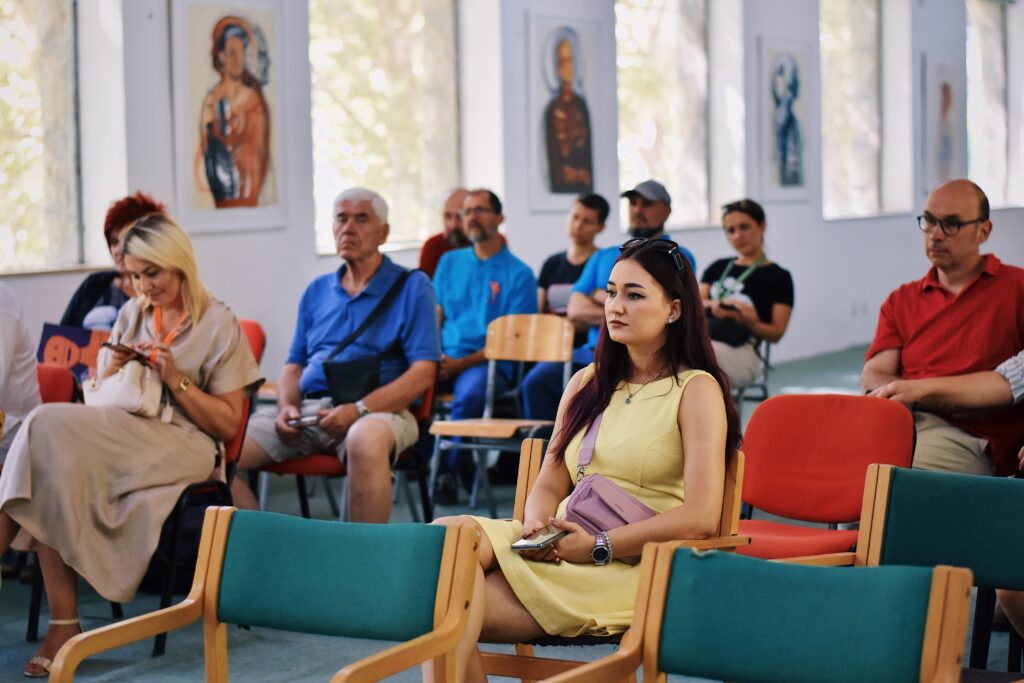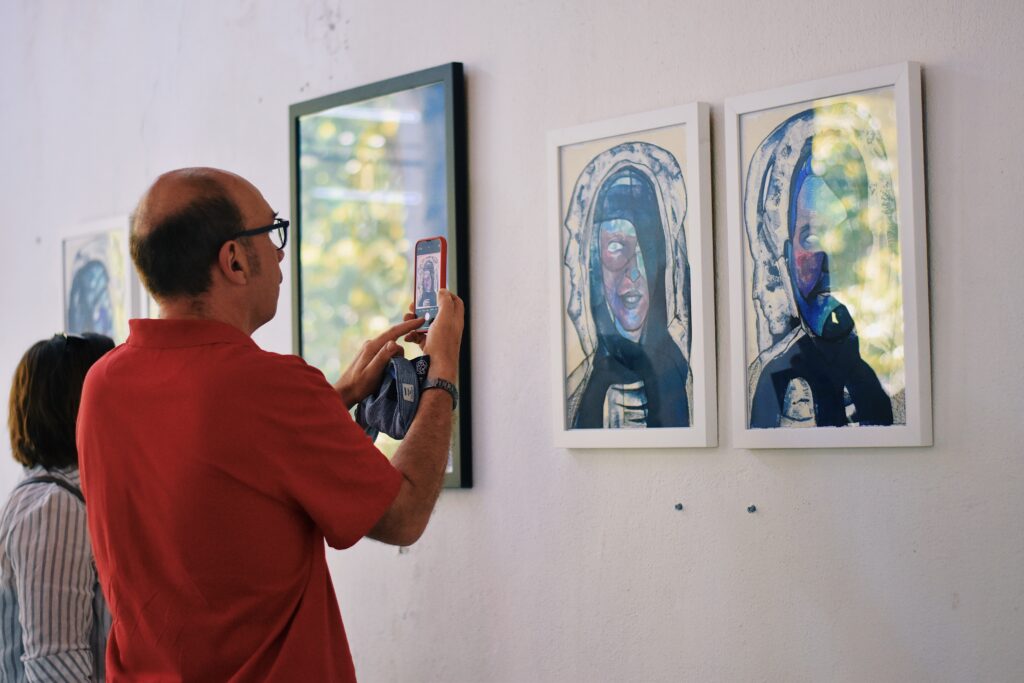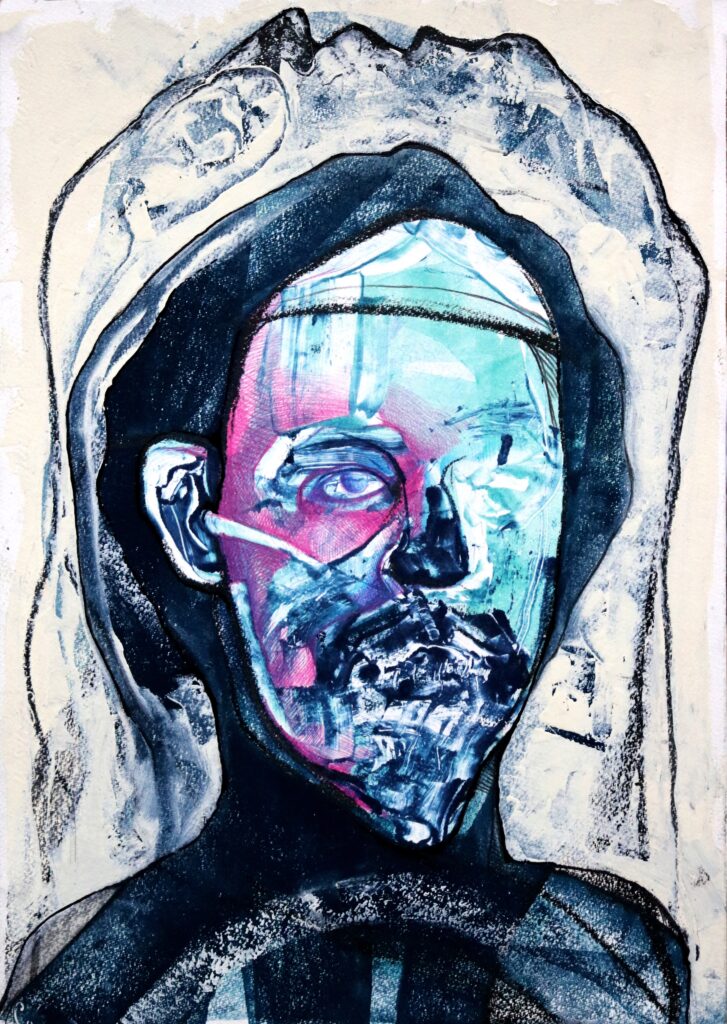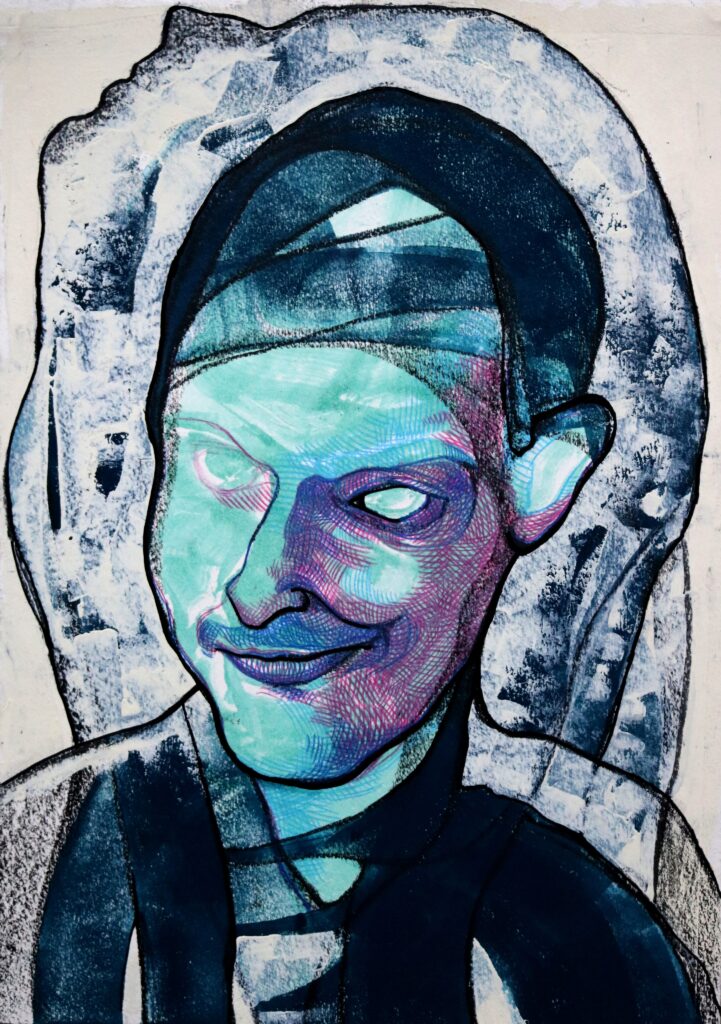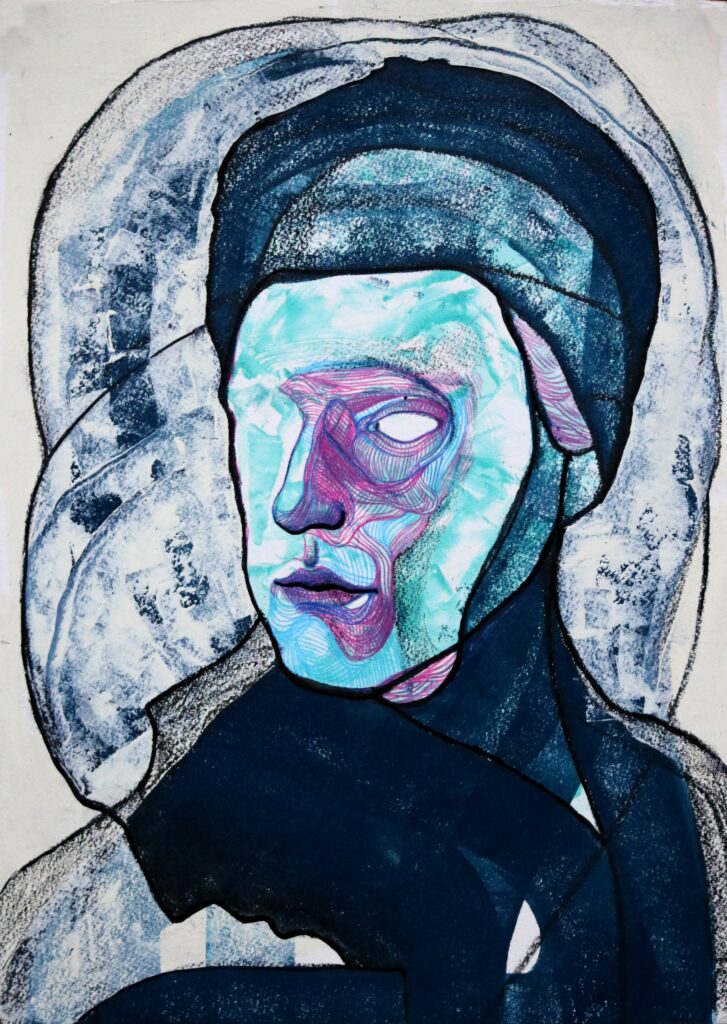Reject
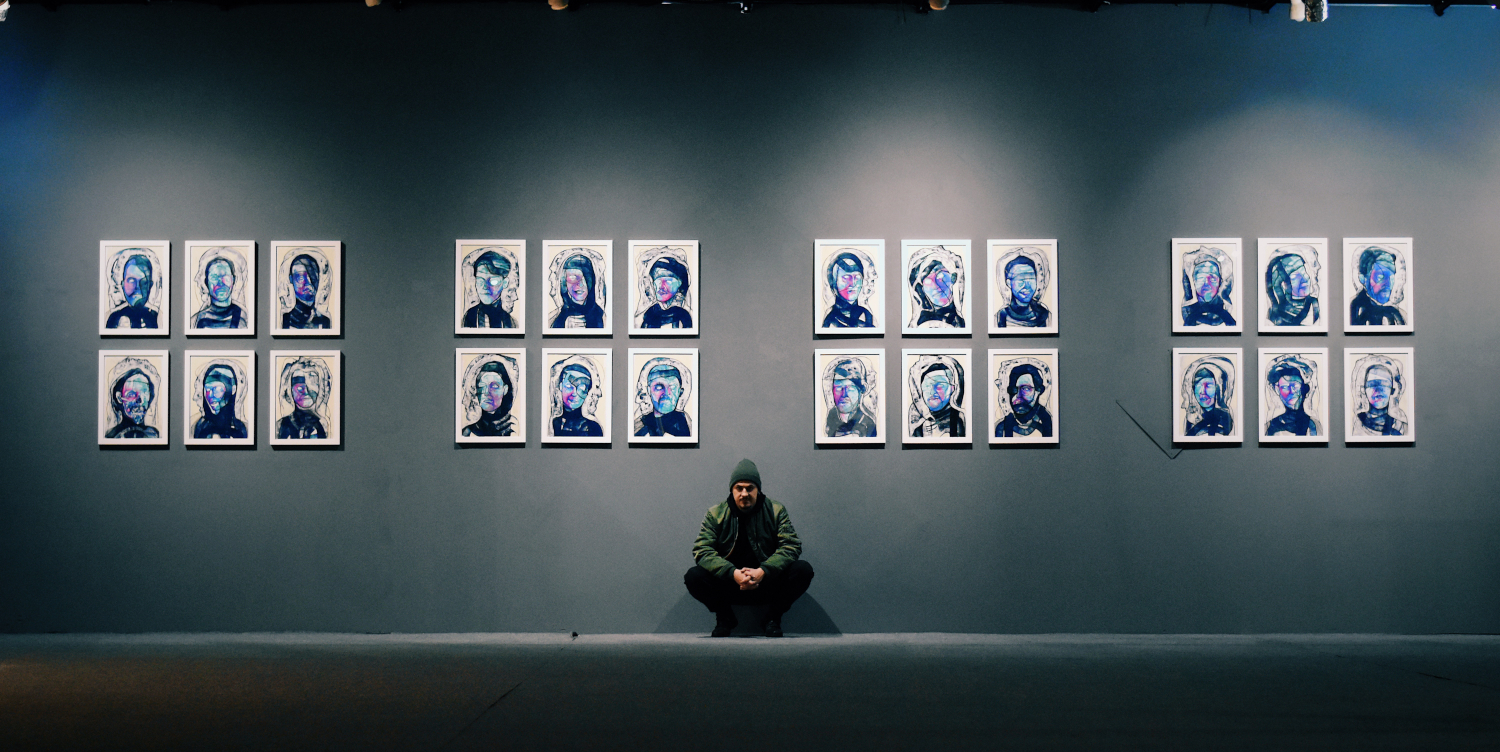
“Reject” by Denis Haračić, is an exhibition showcasing over 50 works and a specifically recorded soundscape in collaboration with Bosnian D&B musician, producer and sound designer Billan. The exhibition was first shown under the curatorial guide of young curator Adna Muslija, at the Historical museum of Bosnia and Herzegovina from December 21st 2021 to January 10th 2022.
In a still ongoing attempt to portay a cross-section of Bosnia and Herzegovinas devalued, young cultural scene and individual potential the author states:
“This exhibition is certainly a very important turning point in my work so far, given that it deals with real problems and circumstances in which we all live and survive. According to the general situation in which Bosnia and Herzegovina finds itself today, the cultural scene is experiencing a special kind of devaluation. This fact is actually nothing new, but what is worrying in this context is that in the last ten years we have lost entire generations of quality artists, performers and workers in all fields of culture. My work is dedicated to those people who find their identity in art and who do their job regardless of these circumstances, driven by pure conviction. BiH is a fertile ground for artistic activities, and our cultural scene survives solely on the efforts of individuals. The gallery space in which the exhibition Reject is set up at the History Museum of BiH, should communicate exactly that idea.”
Curatorial guide by Adna Muslija:
Reject – art from and about the margins
Reject, a word which when translated from English signals refusal, dropping, something rejected as a surplus. The title of the exhibition could lead one to think that the artist plays with recycled materials, topics, or concepts, which is not a rare or unknown artistic strategy in the Art history of the XXth and XXIst centuries. Nevertheless, the notion of rejection doesn’t reflect an artistic strategy nor a retro avant-garde citation, but a feeling that accompanies the life experience of young artists in the Balkans.
In his most recent cycle “Reject”, Denis Haračić, a young but already well-established visual artist, subtly articulates the situation of the cultural and art scene in Bosnia and Herzegovina. Representation of the universal in figures deprived of identity, which was at the core of Haračić’s previous works, now seems rejected and replaced with the search for the universal in individuality. What could be recognised as the materialisation of the soul in previous works, now has the contours of individuality and is becoming a representation of the young artist. The abstract and refined figures of young artists, writers, musicians in their collectivity remind of soldiers, but not the ones who symbolise the decay of human potential that one could see in the previous Haračić’s works, but the revolutionary soldiers, utopists, idealists, and optimists who despite numerous rejections (as a capitalist surplus) or negations (as an ideological waste), go on marching onward. The collective feeling of rejection and non-belonging is used as a driving force, and every negative connotation of the word reject transforms into positive. It becomes unifying, inspiring, encouraging, and generous.
On the other hand, a sort of refusal could be noticed in the very form of the work. In this cycle, Haračić summarises his technical-technological experience. By trading the traditional pure graphic techniques for the more experimental and marginal technique of monotype, and by investing more in the painting and drawing realms, he refuses the classical and academic model. This refusal is the result of the search for his unique language which in the end takes the shape of an idiosyncrasy towards everything that is already defined and specified. The prejudice that the art of multi-originals ends with the edition of monochrome graphic papers is neutralised by multi-coloured monotypic originals, while paintings and drawings with a clearly emphasised interest in texture, show the maturity of Haračić as a painter.
Experimentation in the formal performance of the work indicates Haračićs dedication to fine arts. This remains the priority of the artist but doesn’t lessen the concepts and contents. At the same time, such persistence in testing the limits and possibilities of colour, line, and surface, testifies to the artists effort to test the power of visual communication, while suggesting the question: How potent is the visual art of influencing the observer and what is the significance of culture in general today? Haračić remains faithful to the fine arts and the visual, fighting against the rejection of art as a surplus. Also, while using young artists who have inspired him, as s artistic motif, returns the focus on the potential and importance of culture.
Reject is a multi-layered, complex, and extraordinarily important artistic cycle. It is the product of a founded dissatisfaction, but also a step toward its resolution – together, united, (we) rejected shall win. This is the reason why every pronunciation of the word “reject” while looking at Haračić’s pieces, is followed by a silent echo of the word “accept”.
Reject at the Culture Center Trebinje
The exhibition was on show at the Culture Center Trebinje from the 19th of March till the 1st of April 2022. The town of Trebinje, located in Republika Srpska, near the south border of Bosnia and Hercegovina, is harbouring one of the most successful and progressive Cultural Centers in the region. With over 700 annual events, KC Trebinje is exceeding the engagement rate of most regional institutions proving to be one of the most valuable assets in Bosnia and Herzegovinas overall cultural scene.
Reject in combination with new work at the Festival Slovo Gorčina, Stolac, Bosnia and Herzegovina
Reject was presented and discussed during an open panel at one of Bosnia and Herzegovina`s biggest culture festivals titled Slovo Gorčina, after the work of renowned Bosnian poet Mak Dizdar.
About the work and techinque:
In this extension of Haračić`s artistic work we can see a clear transition from classical printmaking into very anorthodox methods of printing, painting and drawing with crayon, printmaking ink and offset colour.
Finished first, the series named “Choir”, consisting out of 30 individual pieces dimensioned 57 x 42 cm per piece, stays very true to the layered printmaking principles we got know from the artists earlier work. Starting with a background of monotype, the depictions slowly build them selves up through an elaborate play between coloured pencil drawings and thick layers of offest colour.
The bigger, more free standing formats, are experimentally conceived in a similar fashion while heavily differing with each other in shape, colour and sometimes even style. The two main distinctions are evident between the more geometrical, suggestive portraits dimensioned 81 x 60 cm and the more expressive, organic depictions dimensioned 100 x 70 cm. The first method gives us a more clear view into the physiognomy of the depicted person, while also relying on a calm, ominous presence, often accompanied by colourful backgrounds we can label common for pop art. The second method is more expressive and based more on the principles of painting and overpainting. In this depictions we find that the portrayed person is not always strictly recognisable by physical traits but rather by the energy the raw energy the portrait is emitting, while the background is neutral.
For the artist “Reject” also was, and still is, a game of discovery within the visual mediums of painting, printmaking and drawing, and as such the narrative in which the work is executed keeps evolving at a steady pace.



